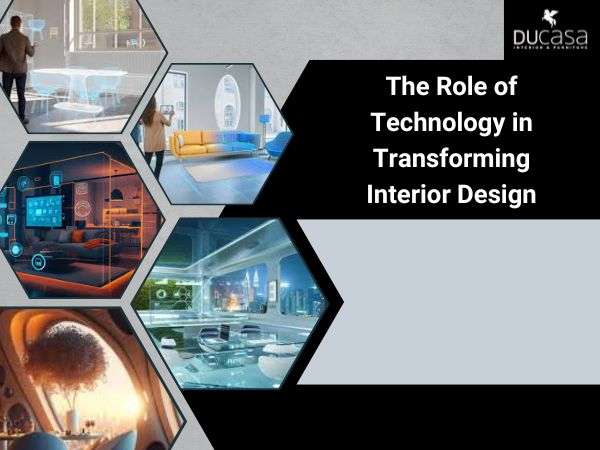In today’s fast-paced world, where technology seems to be advancing at the speed of light, it’s no surprise that it’s also making waves in the world of interior design. Gone are the days when interior design relied solely on pencil sketches and fabric swatches. Now, technology has become an indispensable tool, revolutionizing the way spaces are planned, visualized, and executed. Let’s take a closer look at how technology is transforming interior design in exciting ways.
Virtual Reality: Stepping into Your Dream Space
Imagine being able to step into your dream home before it’s even built. With virtual reality (VR) technology, that’s now possible. Interior designers can create immersive 3D environments that allow clients to explore every corner of their future space, from the layout of the furniture to the color of the walls. This not only helps clients better visualize the final result but also allows designers to make adjustments and improvements before construction even begins.
3D Printing: Customization at Your Fingertips
One of the most exciting advancements in interior design is the advent of 3D printing. This technology allows designers to create custom furniture and décor pieces with unparalleled precision and speed. Whether it’s a one-of-a-kind lampshade or a bespoke chair, 3D printing opens up a world of possibilities for customization, enabling designers to bring their clients’ unique visions to life like never before.
Augmented Reality: Bringing Designs to Life
Augmented reality (AR) is another game-changer in the world of interior design. With AR apps, clients can see how different furniture pieces and accessories will look in their space without ever having to lift a hammer or paintbrush. By simply pointing their smartphone or tablet at a room, they can overlay virtual objects onto the real-world environment, allowing them to experiment with different styles and configurations before making any decisions.
Smart Home Technology: Designing for the Future
As our homes become increasingly connected, interior designers are incorporating smart home technology into their designs in innovative ways. From automated lighting systems to voice-activated assistants, these technologies not only enhance convenience and comfort but also allow for greater control over the ambiance and functionality of a space. Imagine being able to adjust the temperature, lighting, and music in your home with a simple voice command or swipe of your smartphone – it’s the future of interior design, and it’s here today.
Sustainable Design: Reducing Environmental Footprints
In an age of growing environmental awareness, sustainability has become a top priority for many interior designers. Fortunately, technology is making it easier than ever to design eco-friendly spaces that are both beautiful and environmentally responsible. From energy-efficient appliances to recycled materials, designers have a wide range of tools at their disposal to minimize the environmental impact of their projects without sacrificing style or comfort.
Collaborative Tools: Fostering Creativity and Communication
In the past, collaborating with clients and colleagues on design projects could be a logistical nightmare, with countless emails, phone calls, and meetings needed to keep everyone on the same page. Thanks to collaborative tools like cloud-based design platforms and project management software, however, the process has become much smoother and more efficient. Designers can easily share ideas, feedback, and files in real-time, streamlining communication and fostering creativity every step of the way.
Conclusion
From virtual reality to 3D printing, technology is revolutionizing the field of interior design in ways we never thought possible. With these innovative tools at their disposal, designers are able to create more immersive, personalized, and sustainable spaces than ever before. Whether you’re building your dream home or simply redecorating your living room, technology has transformed the design process, making it easier, more accessible, and more exciting than ever. So why wait? Embrace the future of interior design today and unlock the limitless possibilities that technology has to offer.

